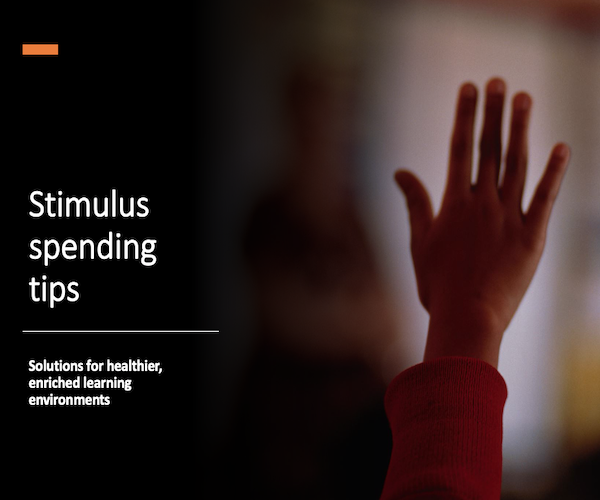The COVID pandemic’s threat to rising per-student-spending and climbing teacher salaries remains unclear, say researchers who compiled the NEA’s annual school funding reports.
Classroom teachers earned an average $65,090 for the 2020-21 school year, an increase of 0.9% over the past decade when adjusted for inflation, according to the NEA’s Rankings and Estimates report.
The average classroom teacher salary is projected to increase by 1.5 %, from $64,133 to $65,090, for 2020-21 school year, the union projects.
“Because of the #RedForEd movement and public awareness and pressure to improve the teaching profession, teachers were able to make up ground and make some gains in their salaries, especially in under-resourced communities,” NEA President Becky Pringle said in a statement.
More from DA: 5 ed-tech solutions to eliminate teacher shortages
“We can’t lose sight of the work that needs to be done, particularly in attracting and retaining quality educators at schools that serve predominately Black, brown and indigenous students,” Pringle said. “We have to build back better than where we were before the COVID-19 pandemic and economic crisis.”
Over the past decade, the number of K-12 classroom teachers has increased by 4.6%. In 2019-20, U.S. public schools employed more than 3.2 million teachers, a number that researchers do not expect to have changed significantly in 2020-21.
State-by-state stats
Click here to find out how your state ranks for teacher pay and per-student spending.
Average teacher salaries ranged from those in New York ($87,069), California ($84,531) and Massachusetts ($84,290) at the top to Mississippi ($46,843), South Dakota ($48, 984) and Florida ($49,102) at the bottom, according to the NEA.
Starting teacher salaries
Starting teachers across nearly 12,000 public school districts earned an average $41,163 in 2019-2020, an increase of 2.5% over 2018-2019—the largest annual increase since before the Great Recession.
The NEA has pushed for a base starting teacher salary of at least $40,000, a number that remains out of reach in many parts of the country that are experiencing teacher shortages, Pringle said.
“As the nation’s public schools struggle with a looming teacher shortage that has only been exacerbated by the COVID-19 pandemic, one of the best indicators of attracting and retaining teachers is looking at the starting and average salaries for the profession,” she said.
Expenditures per student
- The national average per-student expenditure in 2019-20 (based on fall enrollment) was $13,597, a gain of 4% from $13,078 in 2018-19.
- The following states had the highest per-student expenditures: New York ($25, 907), the District of Columbia ($23,231), and New Jersey ($22,097).
- Idaho ($7,705), Utah ($8,306), and Mississippi ($9,181) had the lowest per-student expenditures.
- Expenditures per student should grow by 4.8% to $14,243 in 2020-21.
Enrollment and attendance
Over the past decade, public school enrollment is down 0.5% and average daily attendance fell by 1.1%. The NEA also found:
- In fall 2019, U.S. public schools enrolled 50,189,401 students, a decrease of 0.1% from fall 2018.
- During the same period, average daily attendance dropped by 0.5%.
- Enrollment is expected to fall by 2.4% from 2019-20 to 2020-21 and average daily attendance could decline by 2%.
“What we don’t know is what will happen in the 2020-21 school year and beyond because the COVID-19 pandemic has completely changed public education,” Pringle said. “We are still in a funding hole that was dug decades ago, and as unprecedented inflation looms from our current economic crisis, the country cannot afford to take its foot off the pedal of progress.”









